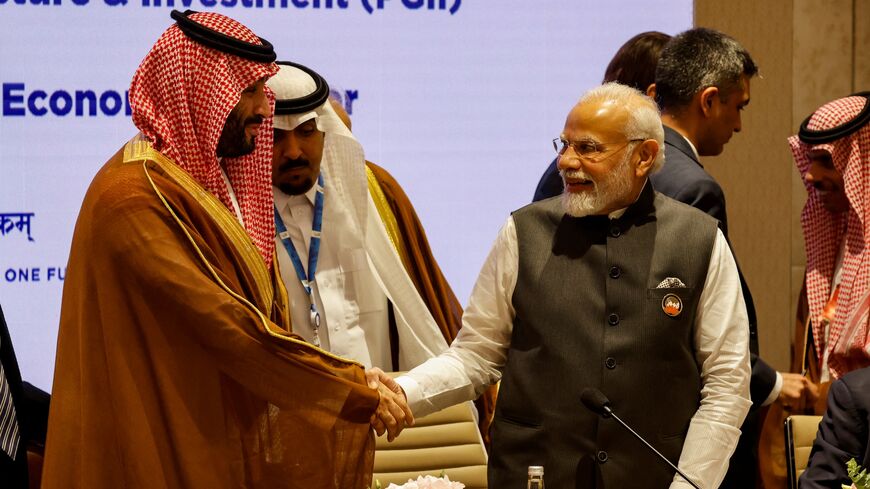Impact of India-Mideast-Europe corridor extends far beyond countering China

The recently announced India-Middle East-Europe Economic Corridor (IMEC) project linking India with markets in the Middle East and Europe was the highlight of the G20 summit this year. The new corridor represents half the global economy and 40% of the world’s population.
According to the memorandum of understanding signed on Sept. 9 by the European Union, France, Germany, India, Italy, Saudi Arabia, the United Arab Emirates and the United States, the IMEC will include a multimodal rail channel employing both railway tracks and shipping routes over a distance of 5,000 kilometers (3,106 miles). In tandem, a network of undersea electrical cables and green energy pipelines will be laid between India and Greece.
Calling it “much more than just a railway or a cable,” European Commission President Ursula von der Leyen has described the new corridor as “a green and digital bridge across continents and civilizations.”
Consolidates India’s outreach
The project offers a number of benefits.
First, IMEC consolidates India’s geoeconomic outreach to the Middle East by cutting costs, as shipping containers can reach from the port in Mumbai to Dubai and onward to the port in Haifa in 40% less time.
Subscribe for unlimited access
All news, events, memos, reports, and analysis, and access all 10 of our newsletters. Learn more
Continue reading this article for free
Access 1 free article per month when you sign up. Learn more.
By signing up, you agree to Al-Monitor’s Terms and Conditions and Privacy Policy. Already have an account? Log in








